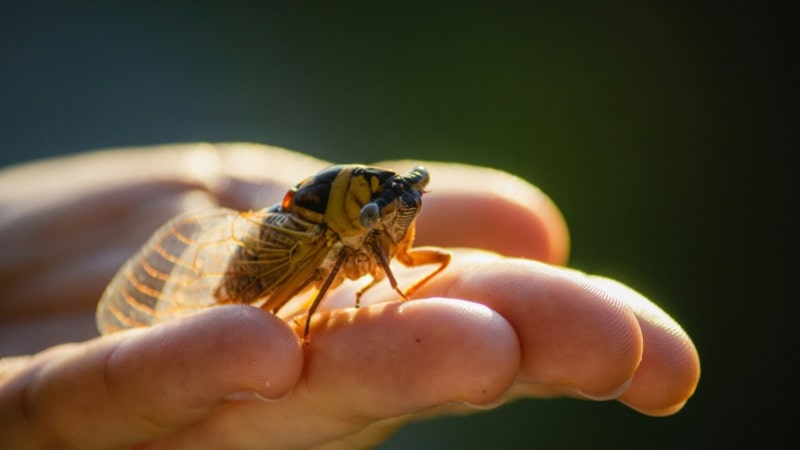Cicadas: the heralds of summer for some, the cacophonous nuisance for others. As temperatures rise and nature awakens, these unique insects emerge from their subterranean dwellings, signaling their presence with a symphony of buzzing calls. But when exactly do the cicadas come out, and what drives their enigmatic behavior? Join us on a journey to unravel the mysteries of these fascinating creatures.
Deciphering the Cicada Phenomenon
Cicadas, often celebrated for their resounding calls, are a diverse group of insects found across the globe. In the United States, they hold a particularly prominent place, with both annual and periodical species gracing various regions. Understanding their life cycles and emergence patterns is key to appreciating their role in the ecosystem.
Exploring the World of Cicadas
Before delving into the timing of their emergence, let’s acquaint ourselves with the cicada’s biology. These insects, characterized by their robust bodies and membranous wings, undergo a remarkable transformation from nymphs to adults. The periodic cicadas, known for their extended dormant periods, emerge in synchrony, creating awe-inspiring phenomena witnessed in select regions of the United States.
The Dance of Emergence: Unveiling the Timing
The question lingers: when do the cicadas make their grand entrance? The answer lies in a delicate interplay of temperature and time. Cicadas, with their finely tuned biological clocks, wait for the soil temperature to reach approximately 64 degrees Fahrenheit before embarking on their journey to the surface. This typically occurs within the window of May to August, although regional variations exist.
In the southernmost regions, where warmth arrives sooner, cicadas may emerge as early as May. Conversely, in northern states like New York and Pennsylvania, their arrival is often delayed until late June or even early August. Regardless of their classification as annual or periodical, cicadas adhere to a seasonal schedule, albeit with occasional deviations.
The Global Perspective: Cicada Emergence Worldwide
While the United States boasts the spectacle of periodical cicadas, other parts of the world witness their own cicada phenomena. In regions like Africa, where climatic conditions differ, cicadas emerge later in the year, typically around October. This global diversity underscores the adaptability of these insects to varied environments and climatic regimes.
Navigating the Cicada Soundscape
The emergence of cicadas heralds not just a visual spectacle but an auditory extravaganza. Male cicadas orchestrate their courtship serenades, producing sounds that can reach astonishing volumes, akin to the roar of a jackhammer. This symphony of buzzing serves as a prelude to mating, a vital stage in the cicada life cycle.
Preparing for the Cicada Onslaught
As cicada emergence approaches, preparations ensue. For some, it’s a time to stock up on earplugs and brace for sleepless nights, while others eagerly anticipate the arrival of these seasonal visitors. Websites offering cicada forecasts become invaluable resources, guiding residents on when to expect the buzzing horde and which broods are set to emerge.
Conclusion: Embracing the Cicada Symphony
In the realm of nature’s wonders, few phenomena rival the spectacle of cicada emergence. From the depths of the earth to the heights of treetops, these insects captivate with their synchronized emergence and resounding calls. By understanding the intricacies of their life cycle and emergence patterns, we gain a deeper appreciation for the role cicadas play in shaping the summer soundtrack.
In conclusion, the question of “when do the cicadas come out” unveils a tapestry of ecological intricacies and temporal nuances. Whether viewed as a marvel of nature or a seasonal nuisance, the cicada phenomenon invites us to marvel at the wonders of the natural world and embrace the symphony of life it orchestrates.


